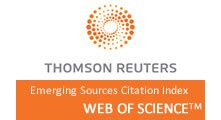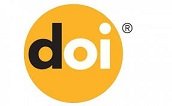Exploring Thinking Process of Students with Mathematics Learning Disability in Solving Arithmetic Problems
2336
1333
Abstract
The student's criterion for being diagnosed with MLD (Mathematics Learning Disabilities) can be classified as low arithmetic skills and poor working memory. The goal of this research is to understand students' process of thinking through the Polya stages when tackling arithmetic problems, as it has been expounded by Dr. Polya For students who have mathematics learning difficulties, the information is gathered by administering math problems to both females and males that ask the correct questions and have to be answered in their heads. the data gathered from the study concluded that students exhibit degrees of mental disorder that are caused by 3 distinct stages in which they must be addressed: problem-solving underachievement, when they are overreaching, and cognitive imbalance when they are overcommitted. to arrive at equilibrium, the more significant expansions must be coupled with an extensive assimilation and assimilation process As students with moderate to severe learning disability were completing multi-digit addition and multiplication, they underwent assimilation. Because of this, the cognitive fluidity present at this moment, the students have already found themselves in their present-looking-backward state of mind.
Keywords
Arithmetic abilities, Math learning disabilities, Math problem solving, Thinking process
Full Text:
PDFReferences
Hobri, H., Susanto, H. A., Hidayati, A., Susanto, S., & Warli, W. (2021). Exploring thinking process of students with mathematics learning disability in solving arithmetic problems. International Journal of Education in Mathematics, Science, and Technology (IJEMST), 9(3), 498-513. https://doi.org/10.46328/ijemst.1684
DOI: https://doi.org/10.46328/ijemst.1684
Refbacks
- There are currently no refbacks.
Copyright (c) 2021 International Journal of Education in Mathematics, Science and Technology







International Journal of Education in Mathematics, Science and Technology (IJEMST)

This work is licensed under a Creative Commons Attribution-NonCommercial-ShareAlike 4.0 International License.
ISSN: 2147-611X (Online)
